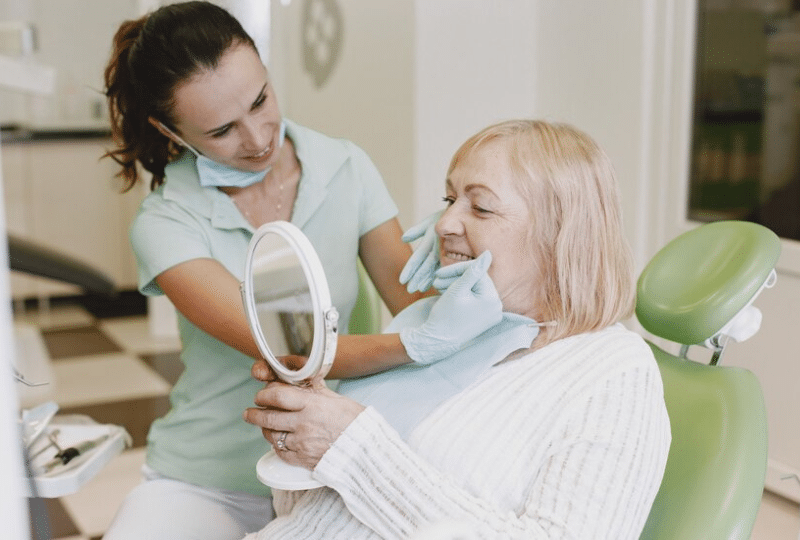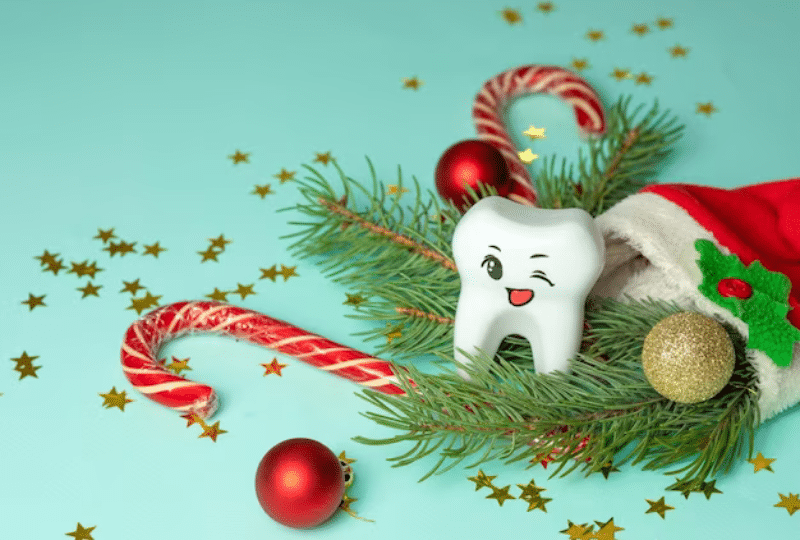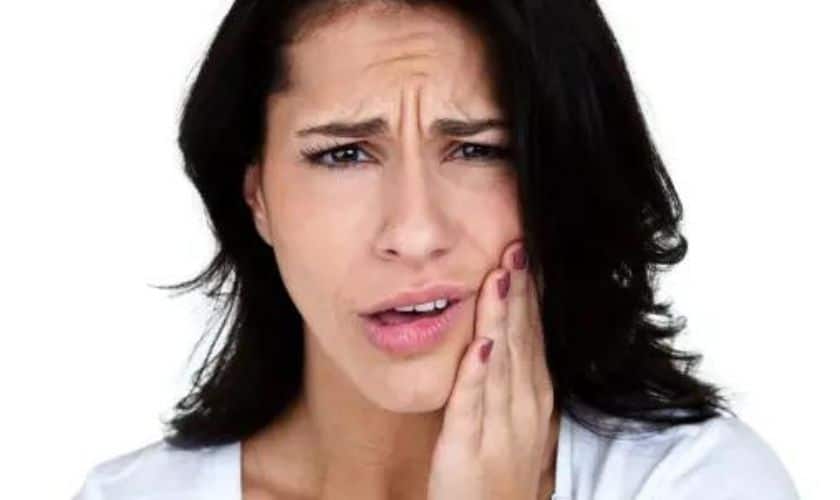Say Goodbye to Bad Breath with These Teeth Whitening Techniques

Are you fed up with feeling self-conscious about your bad breath? It’s time to take some positive action and get back your sparkling smile! Yellow teeth can be caused by many things, including drinking coffee, tea, or red wine, smoking cigarettes or just simply aging. In this blog post, we will explore some simple yet effective teeth-whitening techniques that will help you say goodbye to bad breath for good. So grab a cup of green tea and let’s get started!
Introduction to Bad Breath and Why It Matters
Bad breath, or halitosis, is a common problem that can be embarrassing and socially awkward. It can also be a sign of poor oral hygiene. When bacteria build up in the mouth, they release sulfur compounds that smell bad.
There are many potential causes of bad breath, including eating certain foods, smoking, dry mouth, gum disease, and tooth decay. Some medications can also cause dry mouth and bad breath.
The best way to prevent bad breath is to practice good oral hygiene. This means brushing and flossing your teeth regularly and visiting your dentist for regular checkups. If you have chronic bad breath, your dentist may recommend additional treatments, such as mouthwashes or tongue scrapers.
If you are concerned about bad breath, talk to your dentist. They can help you identify the cause of your bad breath and recommend the best course of treatment.
What Causes Bad Breath?
The number one cause of bad breath is poor oral hygiene. Without regular brushing and flossing, plaque and bacteria can build up on your teeth and gums, causing irritation and inflammation. This can lead to gum disease, which is a major cause of bad breath. Other causes of bad breath include tobacco use, dry mouth, certain medical conditions, and foods that contain strong odors.
If you are struggling with bad breath, there are some things you can do to improve your oral hygiene and freshen your breath. First, be sure to brush your teeth twice a day and floss once a day. You may also want to consider using an antibacterial mouthwash or tongue scraper. Additionally, stay hydrated by drinking plenty of water throughout the day and avoid foods that are high in odor-causing compounds like garlic or onion. If you smoke tobacco, quitting is the best way to improve your breath. If you have a medical condition that is causing your bad breath, talk to your doctor about treatments that can help.

How Teeth Whitening Can Reduce Bad Breath
Bad breath can be a real turn-off, both socially and professionally. It’s estimated that 1 in 4 people suffer from bad breath on a regular basis. While there are many possible causes of halitosis, one of the most common is poor oral hygiene. Brushing and flossing regularly can help to remove the bacteria that cause bad breath, but sometimes even the most diligent brushing won’t be enough. That’s where teeth whitening comes in.
Whitening your teeth can help to reduce bad breath by getting rid of the stained, yellowed buildup that contributes to it. Professional teeth whitening is the most effective way to achieve brighter, whiter teeth, but there are also at-home kits that can give you good results. Either way, once your teeth are bleached, you’ll notice a significant difference in your breath.
If you’re looking for a way to freshen up your breath and boost your confidence at the same time, try teeth whitening. You may be surprised at how much of a difference it can make.
Different Teeth Whitening Techniques
There are many different teeth whitening techniques available on the market today. Some of these techniques are more effective than others, and some are more expensive than others. Here is a brief overview of some of the most popular teeth-whitening methods:
1. Laser teeth whitening: This technique uses a laser to remove stains from your teeth. It is one of the most expensive methods, but it is also one of the most effective.
2. Bleaching: This is a common method that uses chemicals to bleach your teeth. It is less expensive than laser whitening, but it is not as effective.
3. Ultrasonic cleaning: This method uses sound waves to remove plaque and stains from your teeth. It is less expensive than laser teeth whitening, but it is not as effective.
4. Home teeth whitening kits: These kits use bleaching agents to Whiten your teeth at home. They are less expensive than professional treatments, but they can take longer to work.
Pros and Cons of Teeth Whitening as a Solution to Bad Breath
There are many different techniques that can be used to whiten teeth, and each has its own pros and cons. For example, some teeth whitening methods may be more effective than others, but they may also be more expensive. Here is a look at some of the most popular methods for teeth whitening, as well as their pros and cons.
One popular method for teeth whitening is using whitening strips. Whitening strips are thin, flexible plastic strips that are coated with a peroxide-based bleaching gel. They are designed to conform to the shape of your teeth so that the bleaching gel comes into contact with all surfaces of your teeth. Many people find that whitening strips are easy to use and very effective at lightening the color of their teeth. However, some people find that the strips can be uncomfortable to wear, and they may need to be worn for several hours at a time in order to achieve desired results.
Another popular method for teeth whitening is using trays or pens filled with bleaching gel. These trays or pens are placed over your teeth, and the bleaching gel comes into contact with your teeth for a period of time (usually around 30 minutes). Many people find this method to be just as effective as whitening strips, but it generally takes longer to see results. In addition, some people find that the trays or pens can be uncomfortable to wear or difficult to keep in place.
A third option for
Tips for Practicing Good Oral Hygiene Habits
1. Brush your teeth at least twice a day with fluoride toothpaste.
2. Floss at least once a day to remove plaque and food particles from between your teeth.
3. Rinse your mouth with water or mouthwash after meals and snacks.
4. Visit your dentist regularly for professional cleanings and checkups.
5. Quit smoking to help improve your oral health.
Conclusion
With the right teeth whitening techniques, saying goodbye to bad breath is in sight. Making sure that your routine includes flossing and brushing regularly with the proper toothpaste can help reduce bacteria buildup in your mouth, preventing it from obscuring not only the shade of your pearly whites but also bad odor-causing organisms. Whitening kits are also available for those who want to improve their smile faster. Hopefully, these tips have helped you solve all of your halitosis woes and create a pleasant-smelling oral environment.
There are a few different ways that you can go about whitening your teeth. You can use over-the-counter products like whitening strips or gels, or you can opt for professional treatments like laser teeth whitening or dental veneers.
The results from any teeth whitening method will typically last for several months before you need to touch up your smile again. However, it is important to avoid foods and drinks that may cause staining and to brush and floss regularly to maintain good oral hygiene habits.




